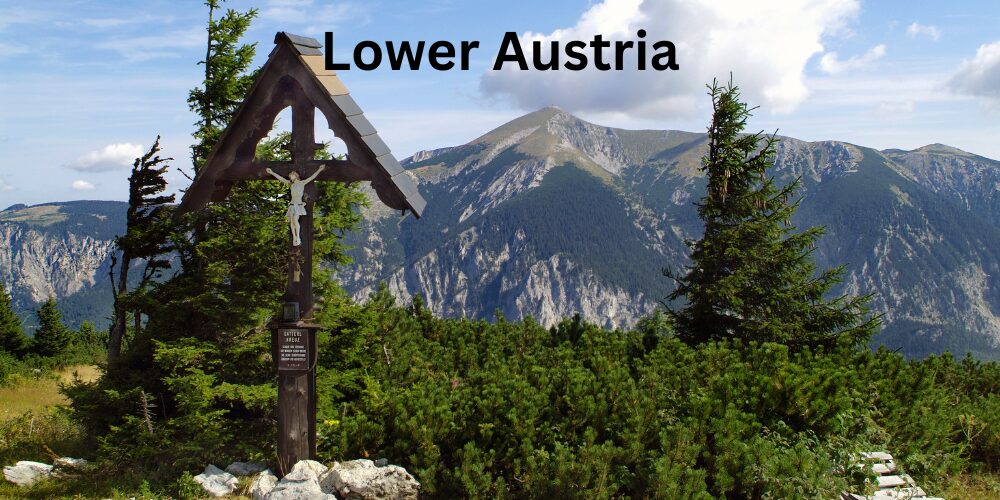Sisi Klettersteig (D/E) – Lower Austria’s Fierce and Scenic Via Ferrata
Perched high above the picturesque village of Losenheim in Lower Austria, the Sisi Klettersteig is a thrilling and tough via ferrata that offers a rare combination of technical climbing, historical resonance, and breathtaking alpine panoramas. Rated D/E in difficulty, it is one of the toughest but best routes in eastern Austria. It attracts experienced climbers eager for an intense vertical adventure.
Named in homage to Empress Elisabeth of Austria (“Sisi”), this route boldly traces a dramatic line up the limestone cliffs of the Schneeberg massif. The route bears her name but it is certainly not a leisurely stroll—this ferrata is a test of strength, stamina, and mental fortitude.

Route Overview
- Location: Schneeberg massif, near Losenheim, Lower Austria
- Difficulty: D/E (very difficult to extremely difficult)
- Vertical Gain: Approx. 250 meters
- Climbing Time: 2.5 to 3.5 hours
- Approach Time: 30–45 minutes
- Descent Time: 1.5 to 2 hours (via hiking trail or chairlift)
- Best Season: June to October
Click here to learn of another spectacular Via Ferrata adventure in Austria.
Getting There
The starting point for the Sisi Klettersteig is the base station of the Salamander Chairlift in Losenheim, a small hamlet near Puchberg am Schneeberg.
- By Car: Drive to Puchberg am Schneeberg and continue toward Losenheim. Free parking is available near the chairlift station.
- By Train: Take the train to Puchberg am Schneeberg. From there, take a local taxi or bus to Losenheim.
The approach begins from the chairlift area and follows a well-marked hiking trail toward the Breite Ries. It winds through alpine meadows and light forest before delivering you to the imposing limestone wall where the route begins.
Click here for a selection of unforgettable adventures in Europe.
Climbing the Sisi Klettersteig
Initial Section (C to D)
The route starts fairly easy with a steep, but manageable wall rated C/D, offering good holds and iron rungs to help ease you into the vertical rhythm. This section quickly gains height and has fantastic views back toward the valley.
As you ascend, the rock becomes more exposed, and the first signs of the route’s true character appear: long vertical sections, small footholds, and the need for upper body power.

Middle Section – Crux (D/E)
This is the core challenge of the Sisi Klettersteig. The route now transitions into D/E territory with overhanging passages, limited artificial aids, and airy traverses. You’ll be required to make careful, confident moves and fully engage your via ferrata gear.
Click here if you want to lose weight before attempting Via Ferratas.
Key elements include:
- A vertical pillar with overhanging moves and sparse footholds
- A narrow traverse across an exposed face, with mind-blowing views below
- A technical chimney section that demands good technique and core strength
This section is relentless and rewarding, pushing climbers to their physical and mental edge. It is not suitable for beginners, and even intermediate climbers should assess their readiness before attempting it.
Final Ascent and Exit (C/D)
After the main crux, the route gradually eases, although the exposure remains high. A series of vertical steps and easier terrain lead you toward the ridge, where the climbing ends. From here, a short hike brings you to the Fadensteig hiking trail, an alternative descent route.
Click here for an incredible European adventure spanning four countries.
Descent Options
You can descend in two ways:
- Hike down via Fadensteig Trail: This scenic hiking path loops back to Losenheim through alpine terrain. It takes around 1.5 to 2 hours.
- Take the Salamander Chairlift (if open): If you’re near the top station and the lift is operating, this can save time and knees.
Note: Be sure to check the lift schedule in advance, as it may not run daily outside of peak season.
What Makes Sisi Klettersteig Unique?
- Historical Tribute: Named after the beloved Empress Elisabeth, it evokes a romantic yet rugged spirit.
- Eastern Austria’s Toughest: One of the few D/E rated routes in this region, offering serious vertical challenge.
- Stunning Panoramas: Views of Schneeberg, Rax, and the Vienna Alps.
- Accessible Yet Remote: Close to Vienna, but wild and quiet on the route itself.
Click here for a selection of stylish, practical and outdoors appropriate menswear.
Equipment Checklist
- Certified Via Ferrata Set (harness, helmet, Y-lanyard with energy absorber)
- Climbing Gloves (essential for grip and protection)
- Approach Shoes or Light Climbing Shoes
- Light Backpack (with water, snacks, first aid kit, windbreaker)
Optional:
- Headlamp (if starting early or late)
- GPS or Offline Map App (the trails are marked but a map helps)
Safety and Preparation
You need to be in good shape for Via Ferratas. Click here to turbocharge your health and fitness.
- Physical Fitness Required: This is a long and hard climb
- Not for Beginners: Only attempt if you have prior D or D/E experience
- Weather Awareness: Avoid in rain or wet conditions; limestone can become dangerously slick
- Early Start Recommended: To avoid storms and allow plenty of daylight

